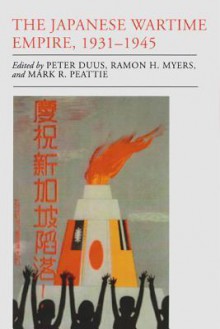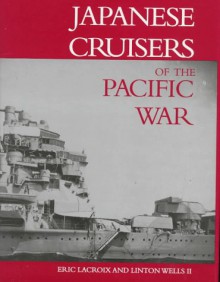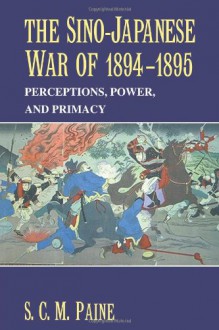Here is a list of recommended books on eastern and southern Asia. While I have read most of them, in the interests of efficiency I'll just list them without comment.
1. Early India: From the Origins to AD 1300 by Romila Thapar
2. A History of Japan (3 vols.) by George Sansom
3. Empires of Ancient Eurasia: The First Silk Roads Era, 100 BCE–250 CE by Craig Benjamin
4. The Mongols by David Morgan
5. The Mughal Empire by John Richards
6. Giving Up the Gun: Japan's Reversion to the Sword, 1545-1879 by Noel Perrin
7. The Search For Modern China by Jonathan D. Spence
8. The Making of Modern Japan by Marius B. Jansen
9. White Mughals: Love and Betrayal in Eighteenth-Century India by William Dalrymple
10. The Last Mughal: The Fall of a Dynasty: Delhi, 1857 by William Dalrymple
11. Kaigun: Strategy, Tactics, and Technology in the Imperial Japanese Navy, 1887-1941 by David C. Evans and Mark R. Peattie
12 The Greater East Asia Co-Prosperity Sphere: When Total Empire Met Total War by Jeremy A. Yellen
13. Forgotten Armies: The Fall of British Asia, 1941-1945 by Christopher Bayly and Tim Harper
14. Freedom at Midnight by Dominique Lapierre and Larry Collins
15. India after Gandhi: The History of the World’s Largest Democracy by Ramachandra Guh
16. Deng Xiaoping and the Transformation of China by Ezra Vogel

 Log in with Facebook
Log in with Facebook 









